|
No matter what the goal, the best way to reach it is to plan ahead. Life is too busy to attempt to succeed at reaching our goals with a plan of action in place and some prep ahead of time. This is especially true when it comes to changing your diet. Eliminating sugar from our diet is not easy, especially if we are coming from a diet high in carbs and processed foods. One way to make sure you are successful is by meal planning and prepping ahead of time. Below I go over some tips for meal planning, dive into my favorite way to prep food, and then give you some awesome recipes to get you started!
|
AuthorTiana Rockwell is a certified nutritional therapist, avid endurance athlete and dark chocolate lover. She believes that by eating REAL food, we can balance our body and reach optimal health and wellness! Archives
May 2022
Categories
All
|
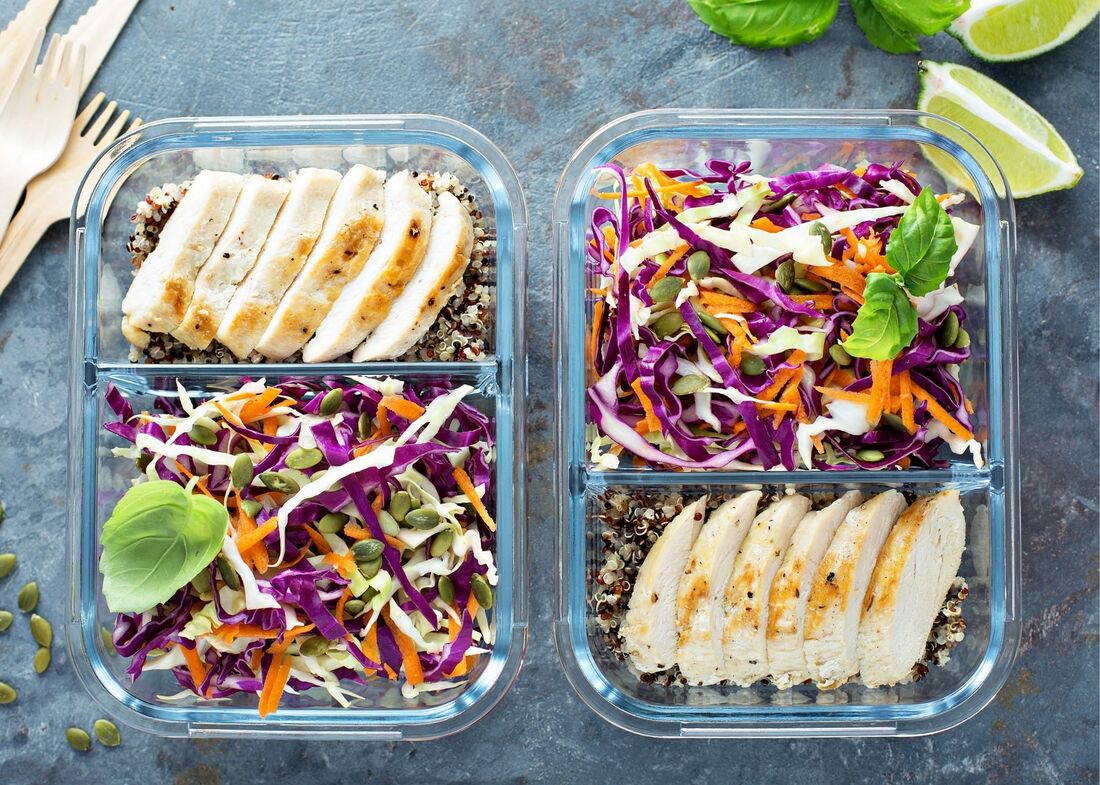
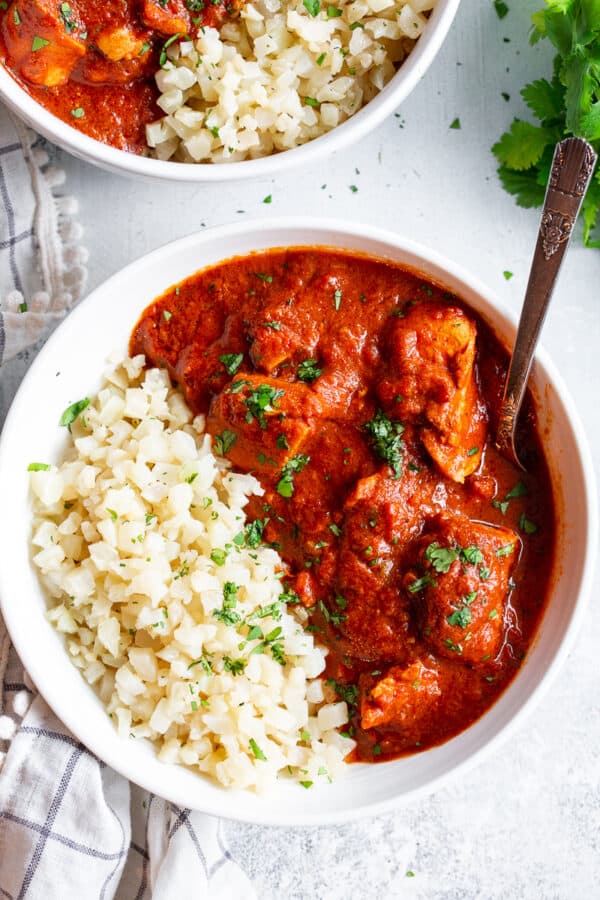
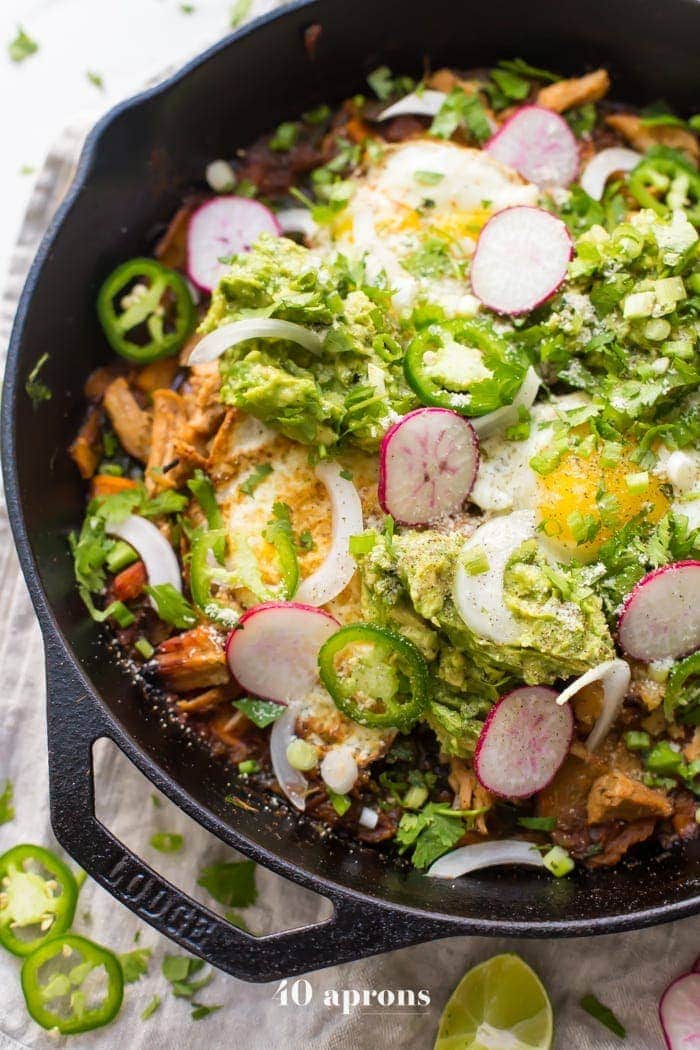
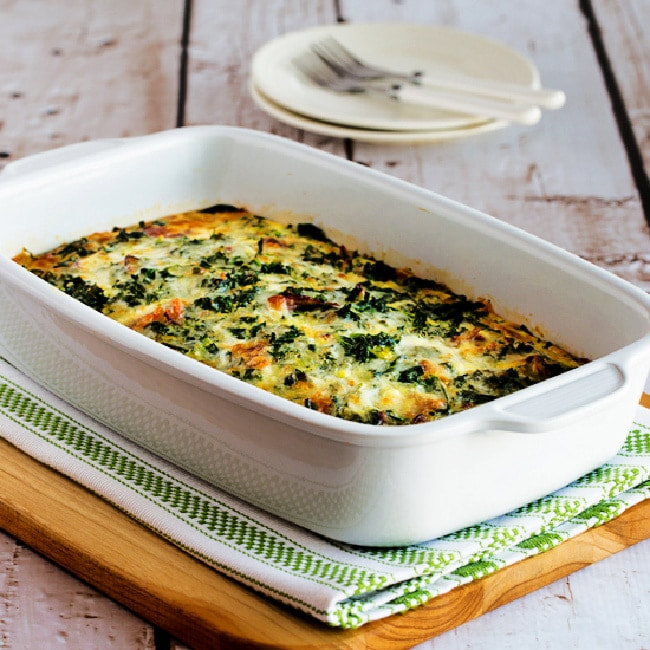
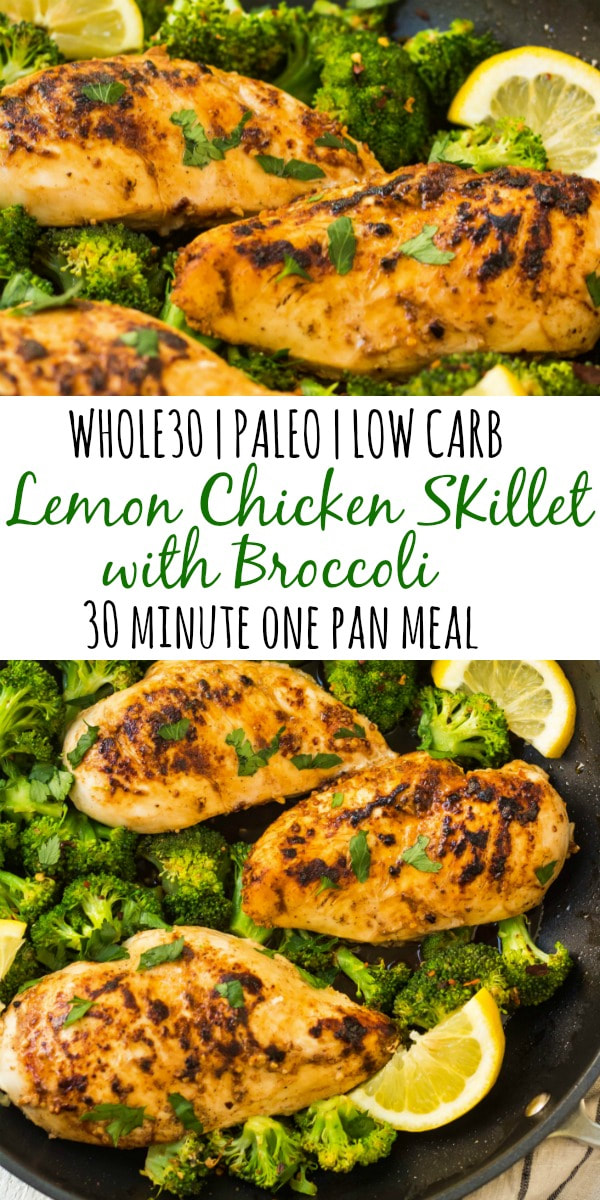
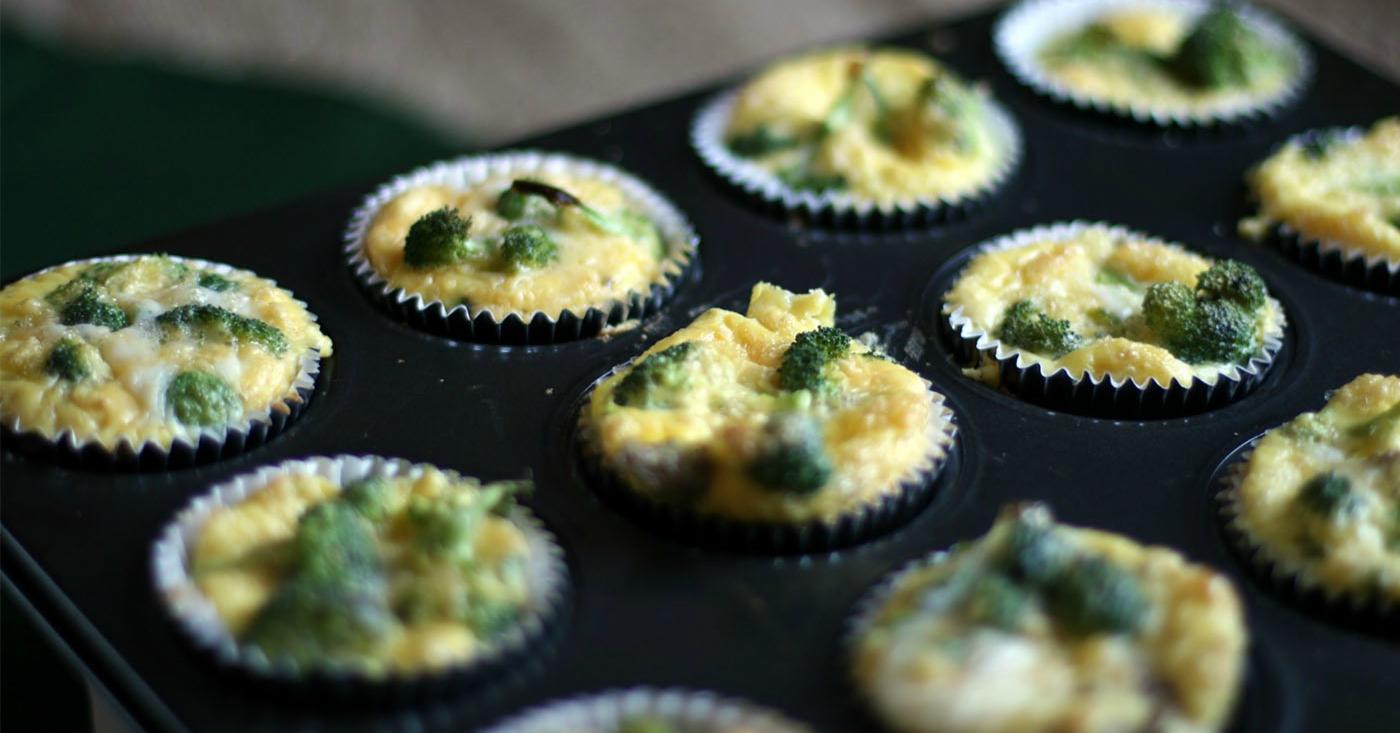
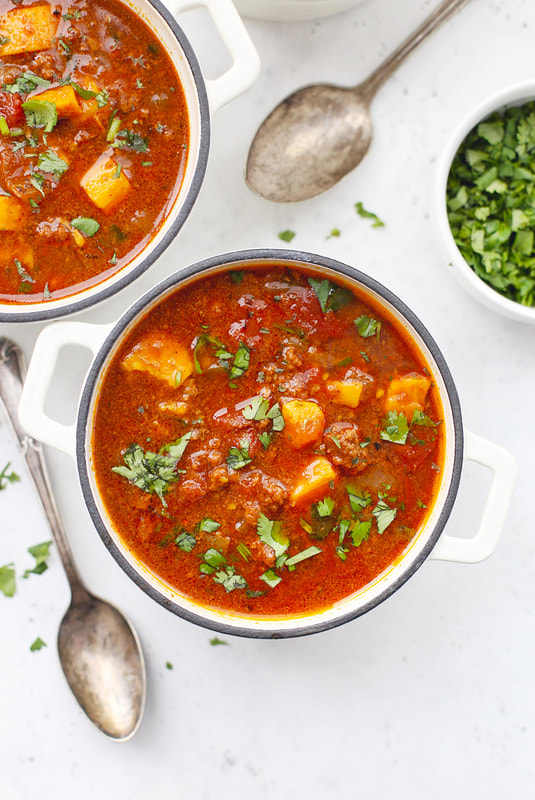
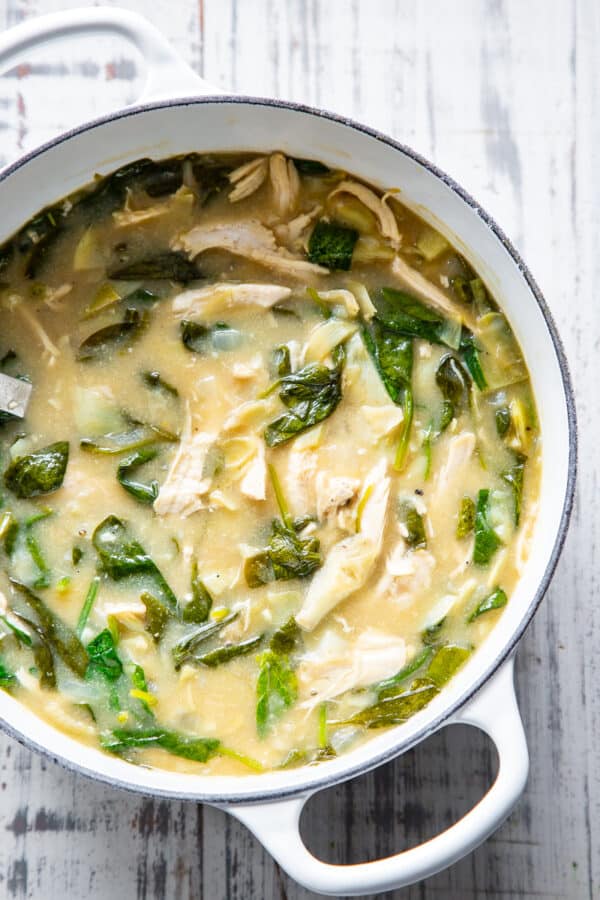
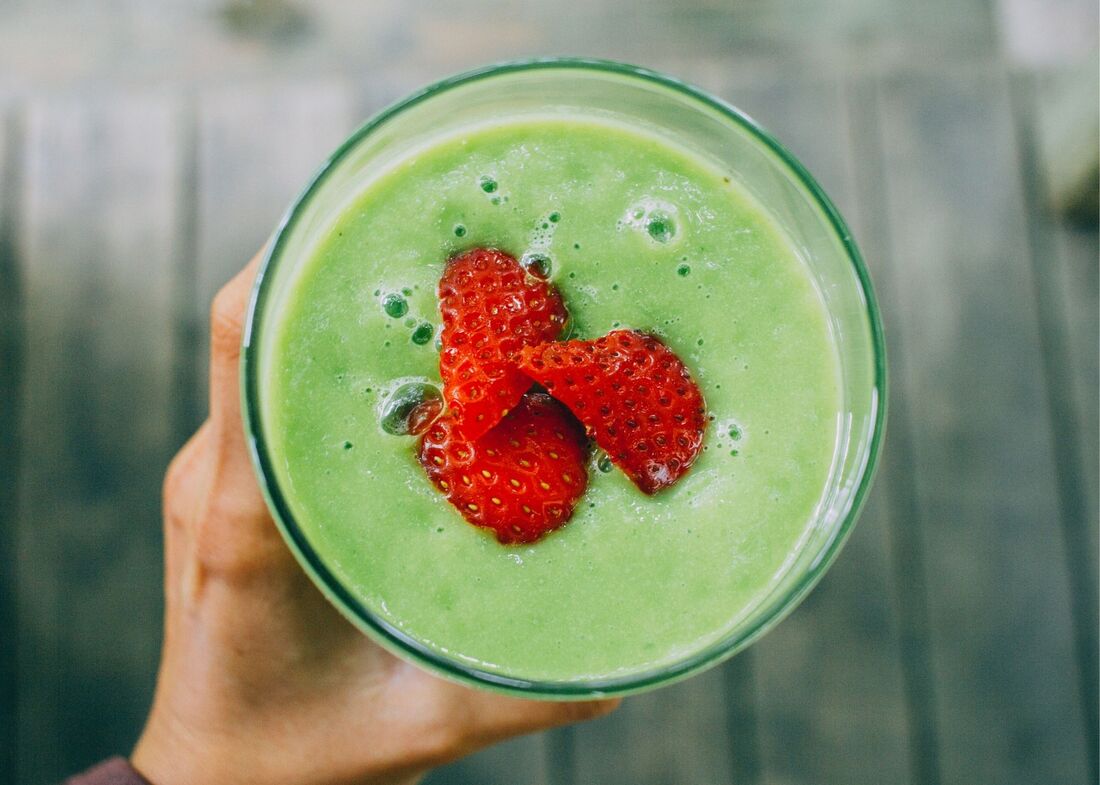
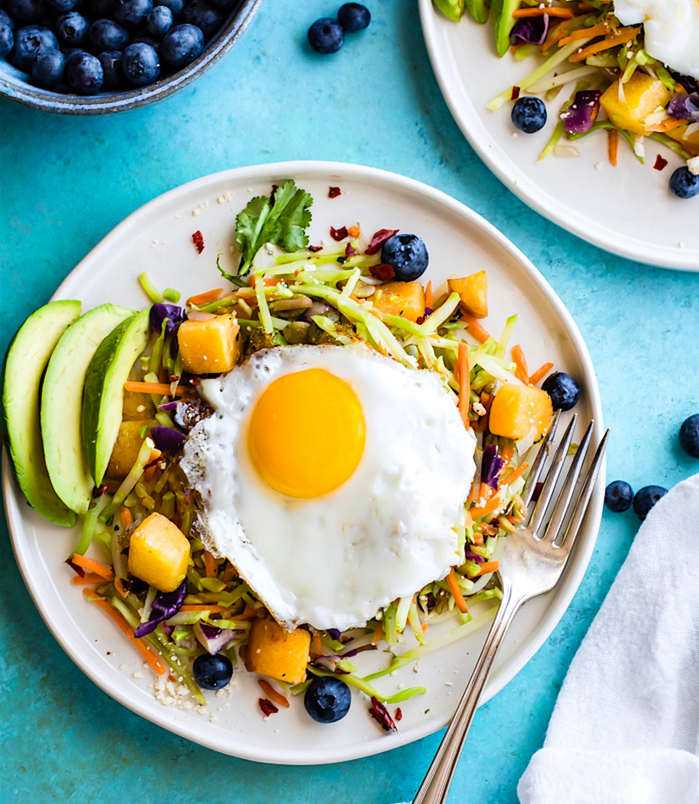
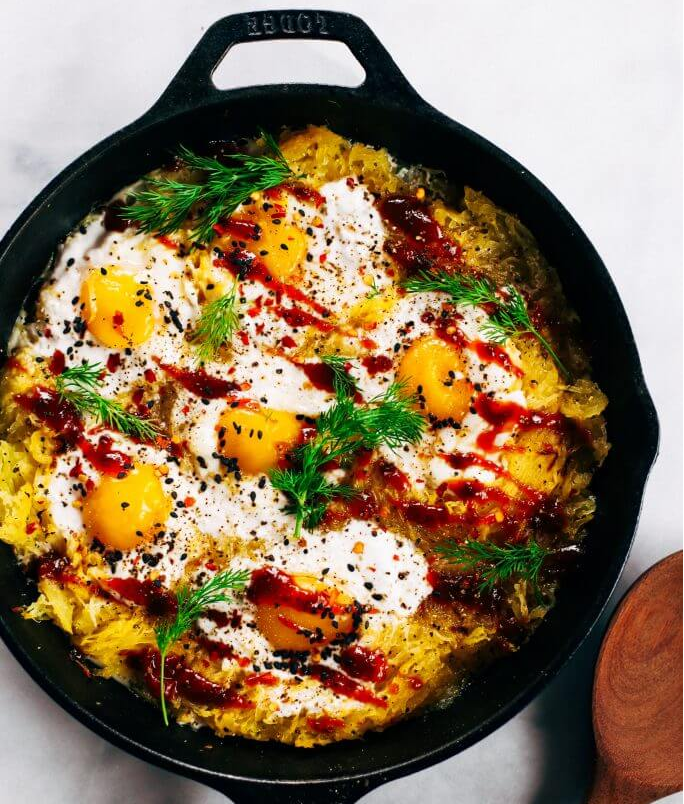

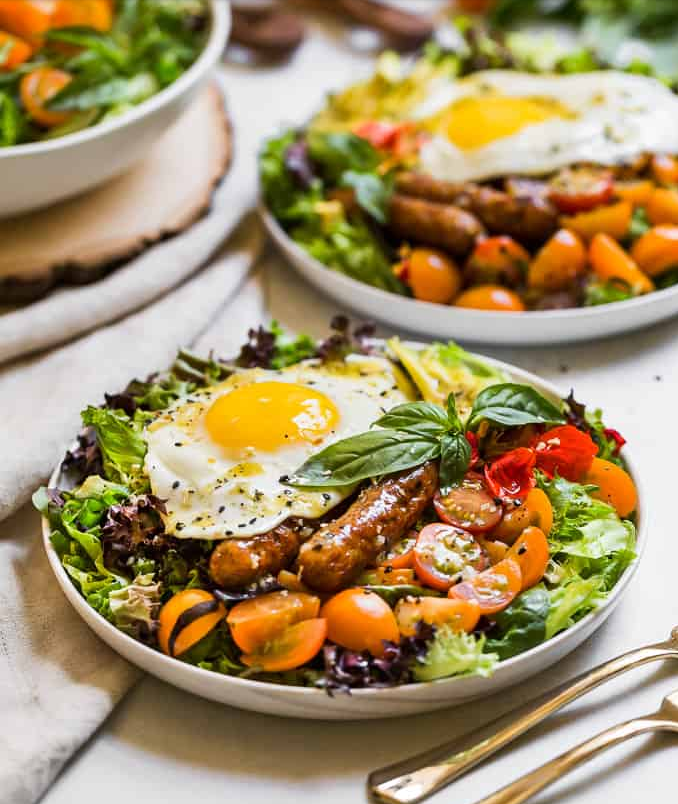
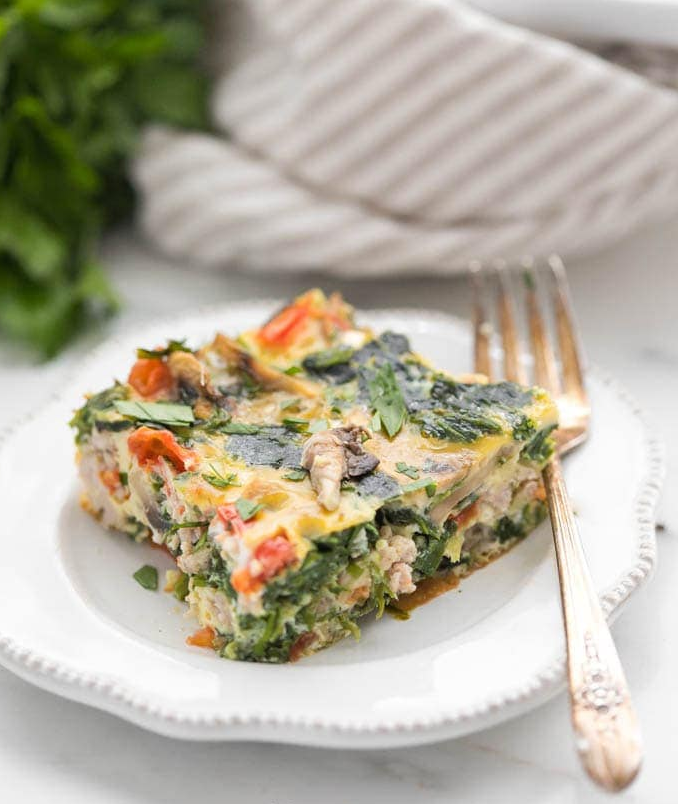
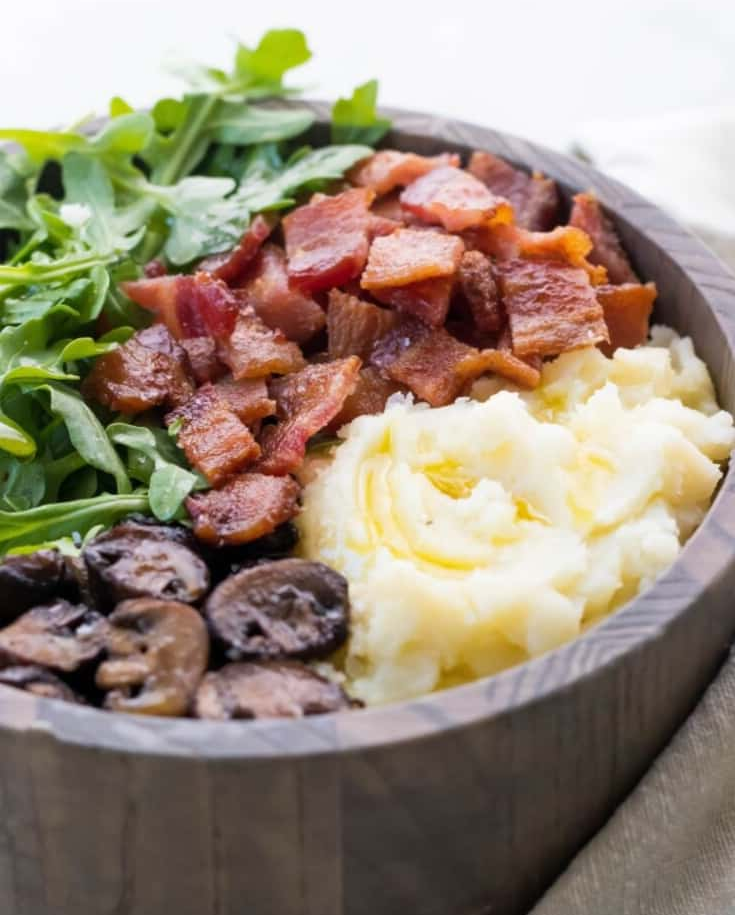
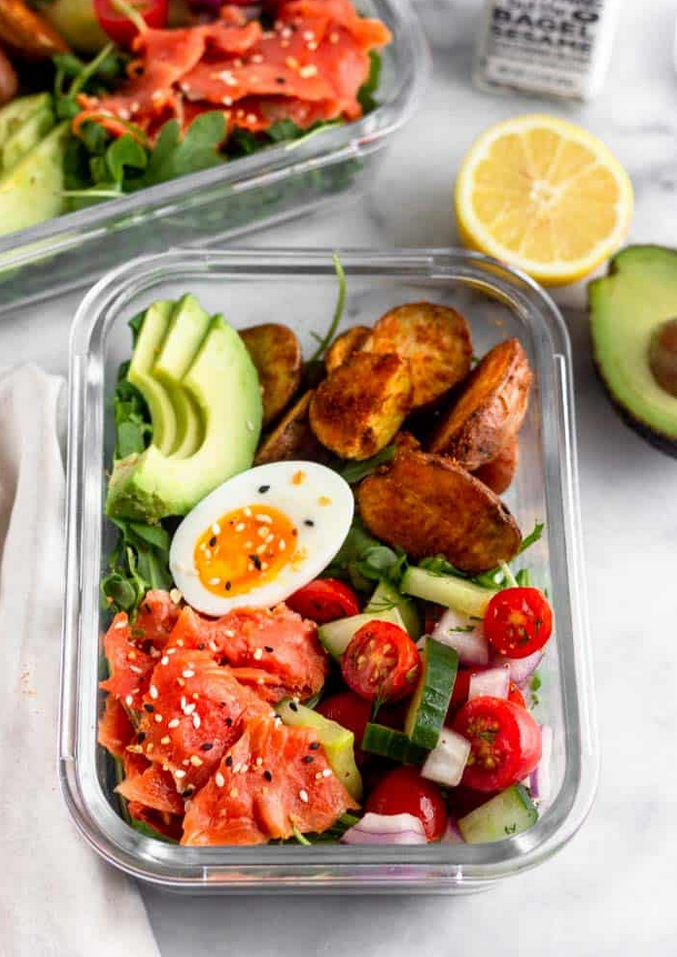
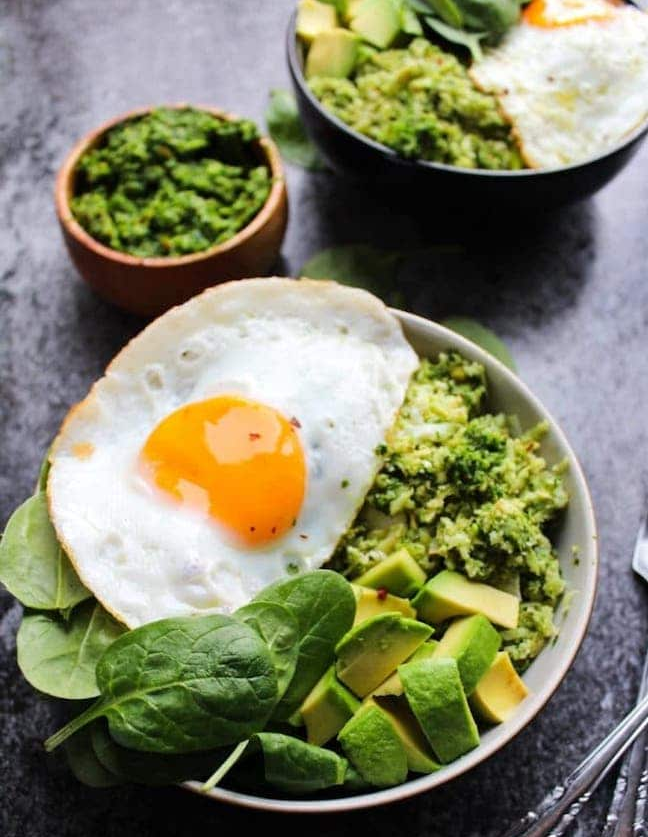
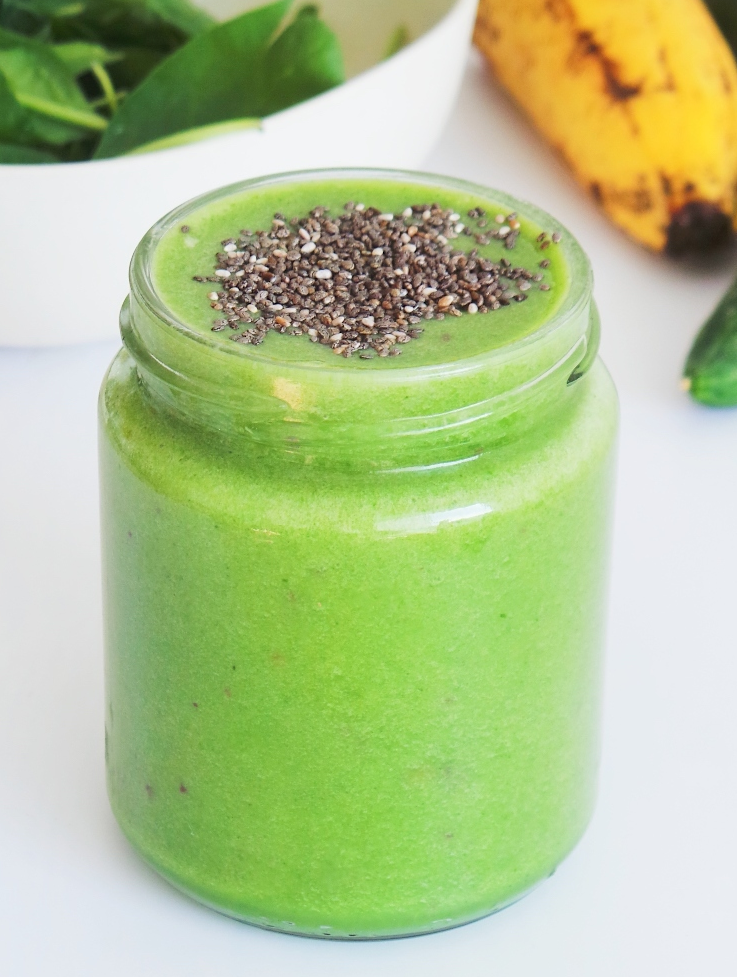
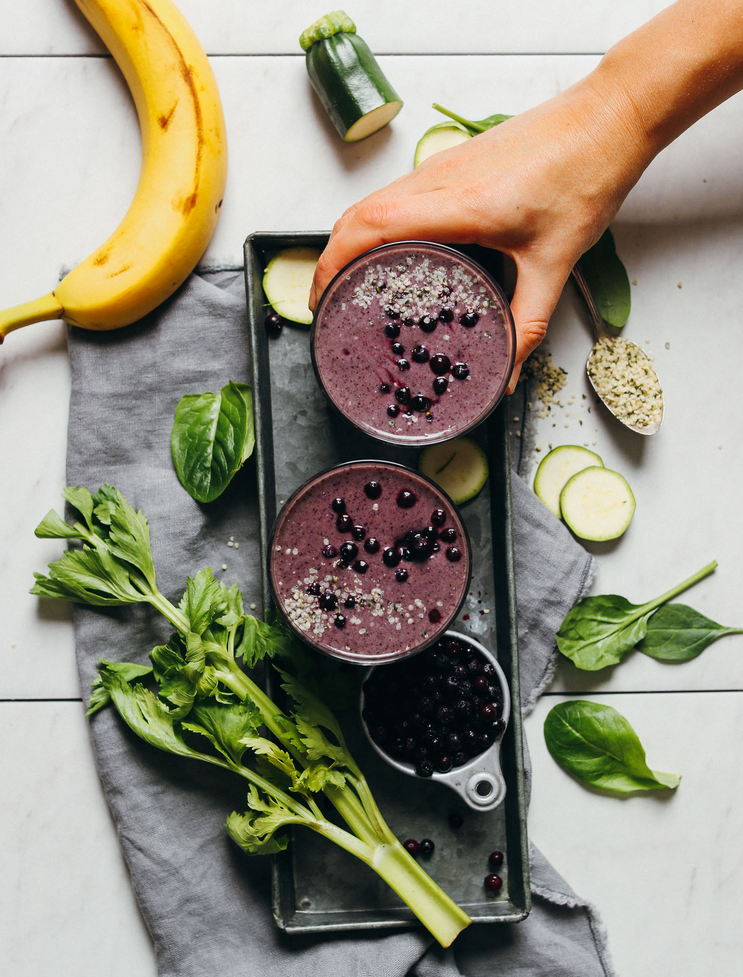

 RSS Feed
RSS Feed